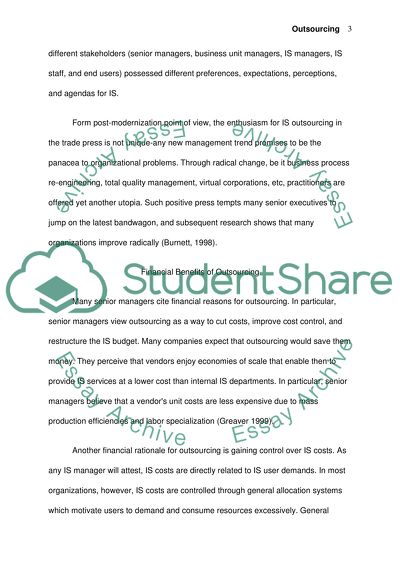Cite this document
(“Pros and cons of outsourcing Essay Example | Topics and Well Written Essays - 2500 words”, n.d.)
Retrieved from https://studentshare.org/miscellaneous/1525214-pros-and-cons-of-outsourcing
Retrieved from https://studentshare.org/miscellaneous/1525214-pros-and-cons-of-outsourcing
(Pros and Cons of Outsourcing Essay Example | Topics and Well Written Essays - 2500 Words)
https://studentshare.org/miscellaneous/1525214-pros-and-cons-of-outsourcing.
https://studentshare.org/miscellaneous/1525214-pros-and-cons-of-outsourcing.
“Pros and Cons of Outsourcing Essay Example | Topics and Well Written Essays - 2500 Words”, n.d. https://studentshare.org/miscellaneous/1525214-pros-and-cons-of-outsourcing.


